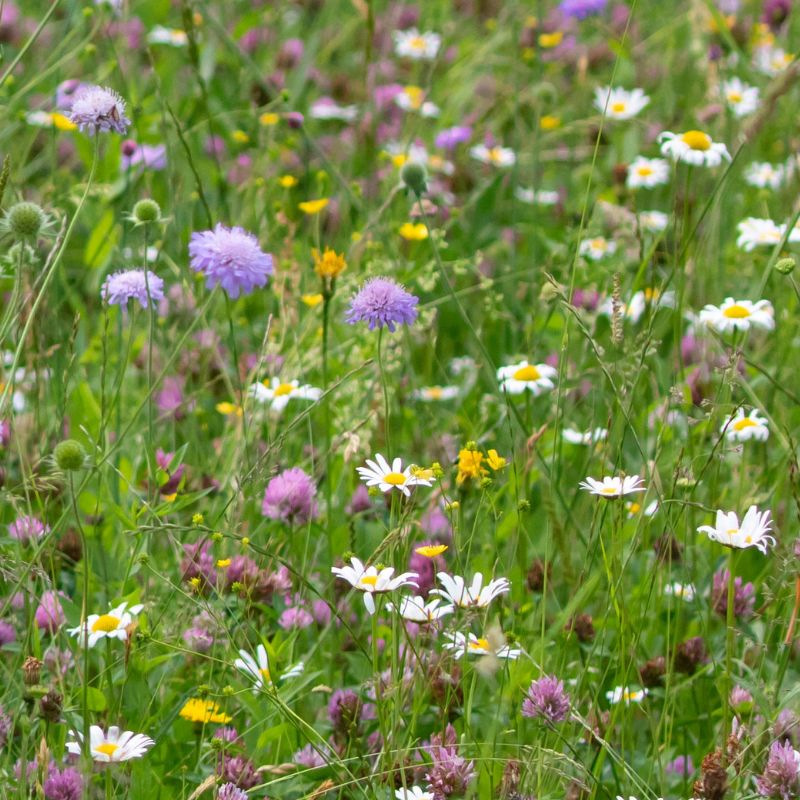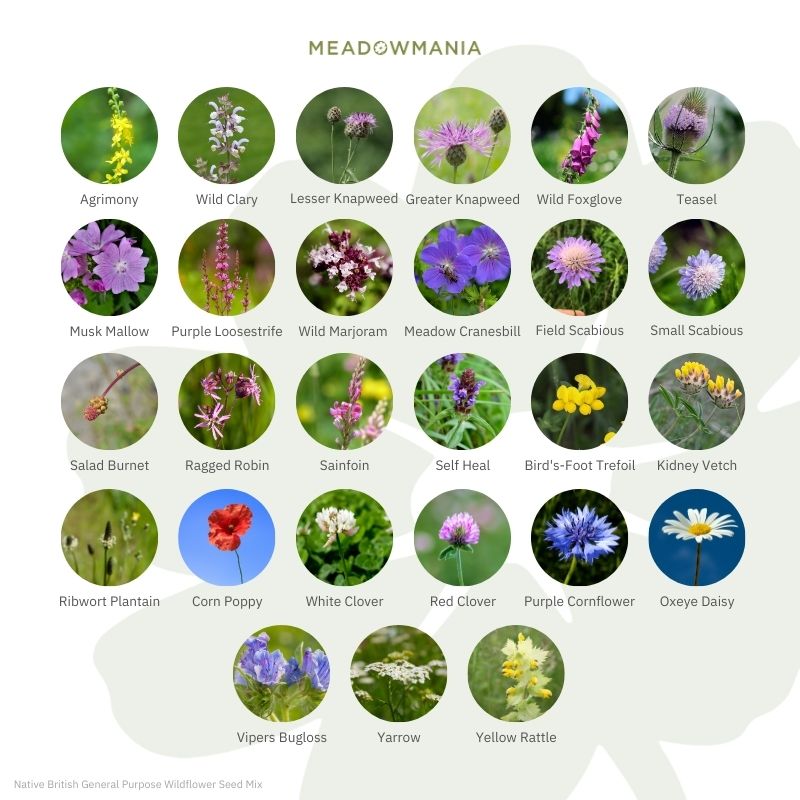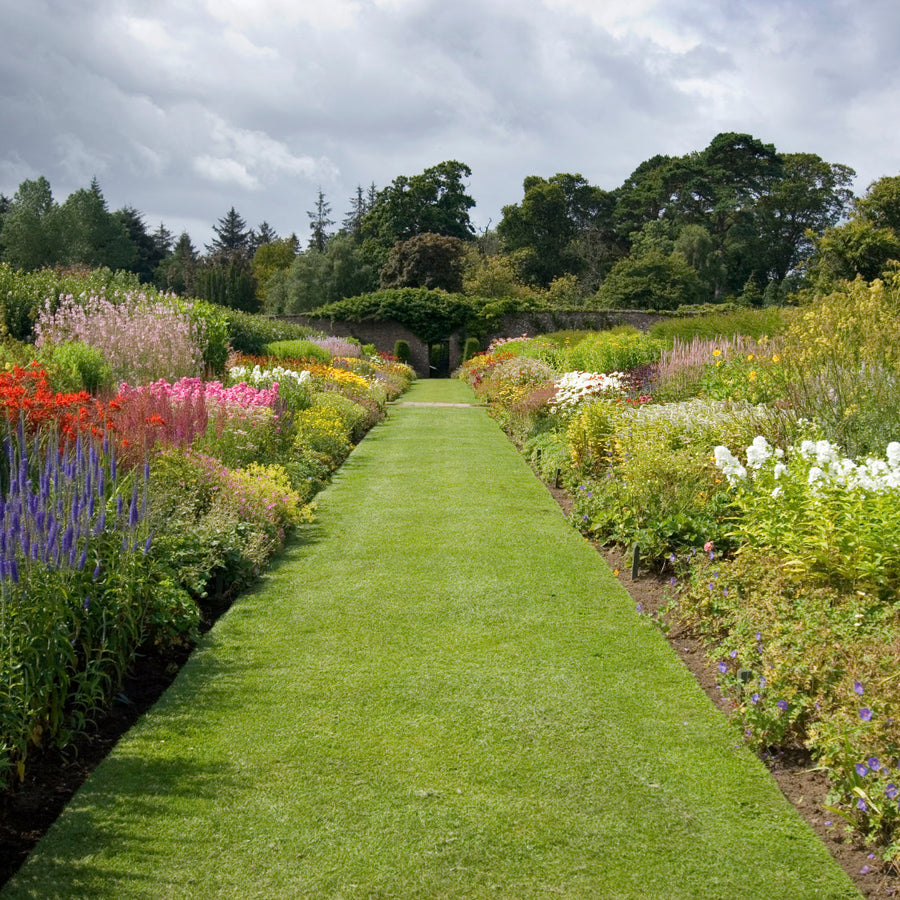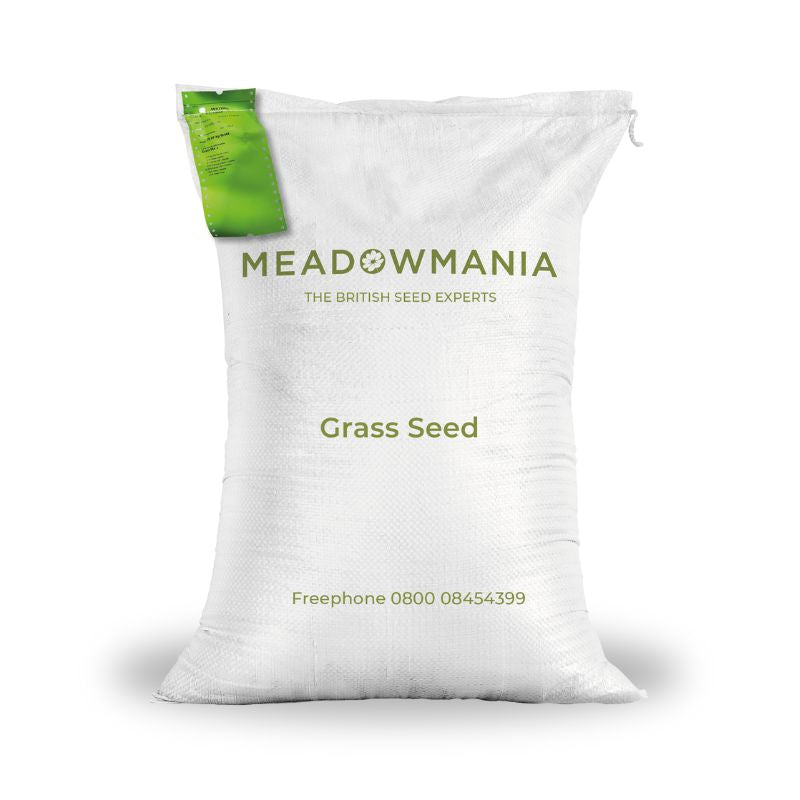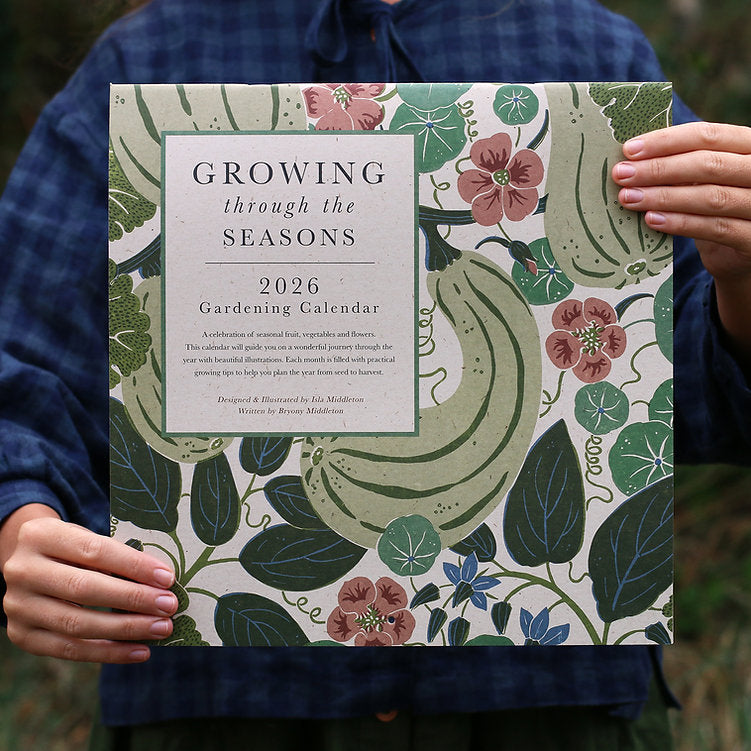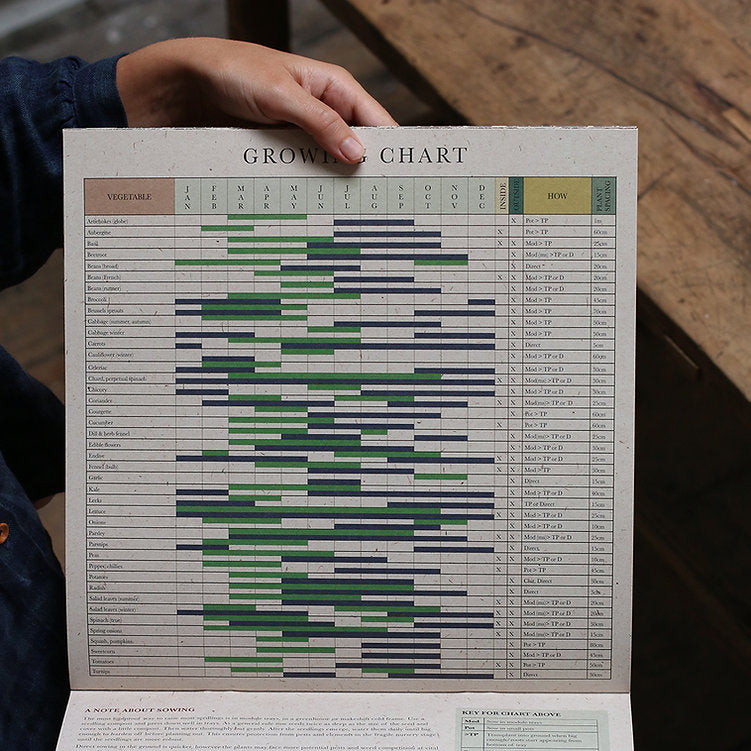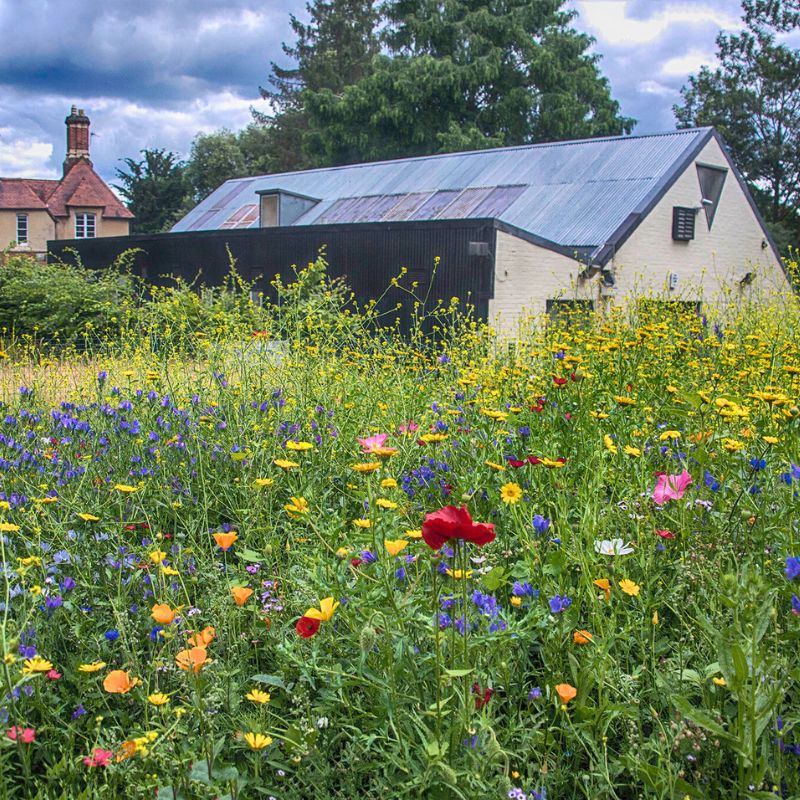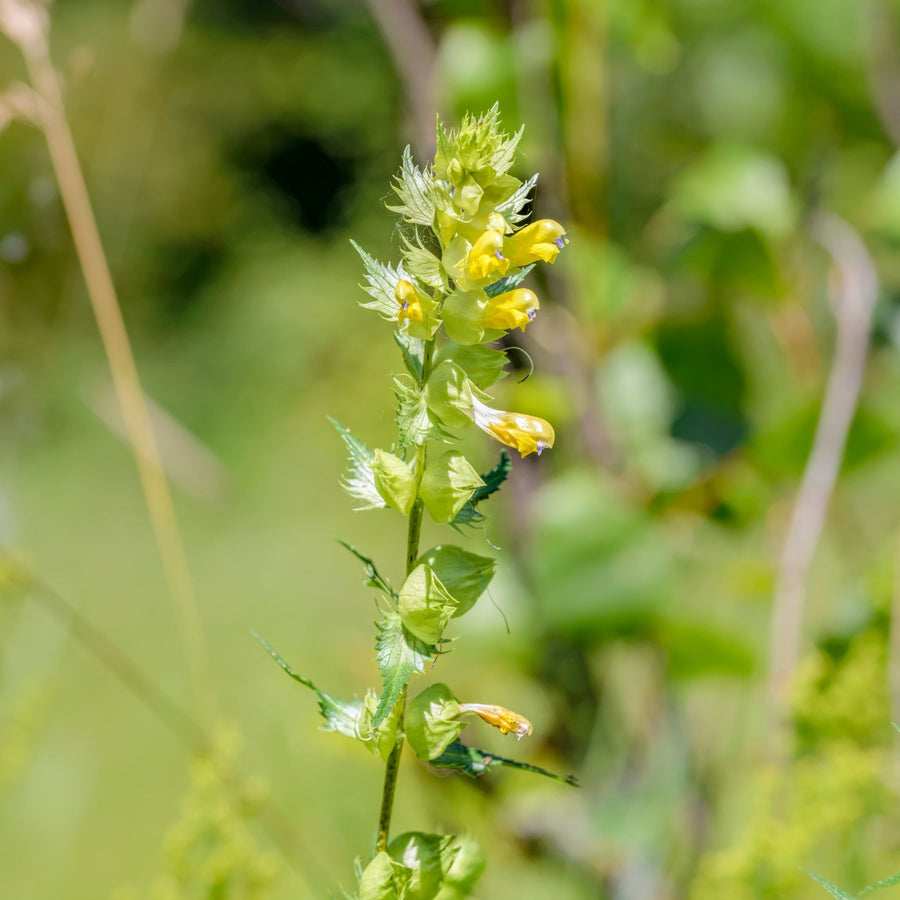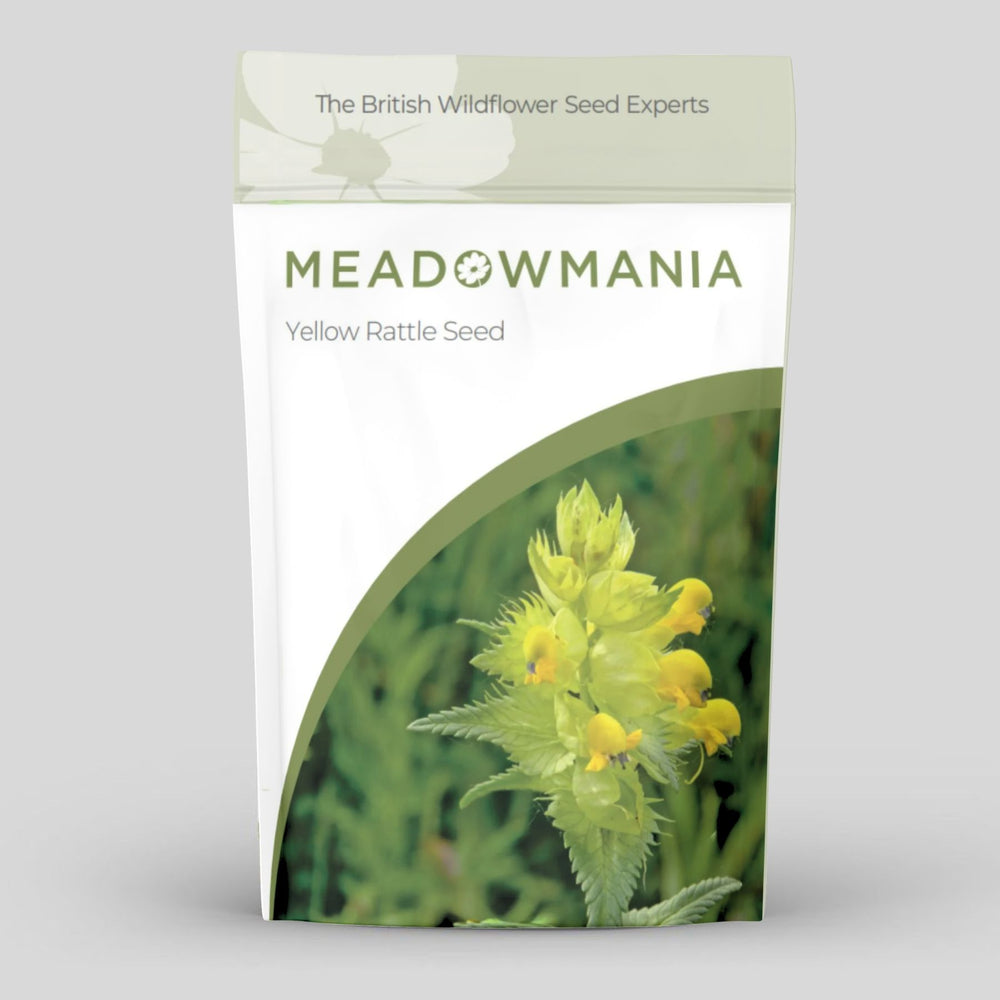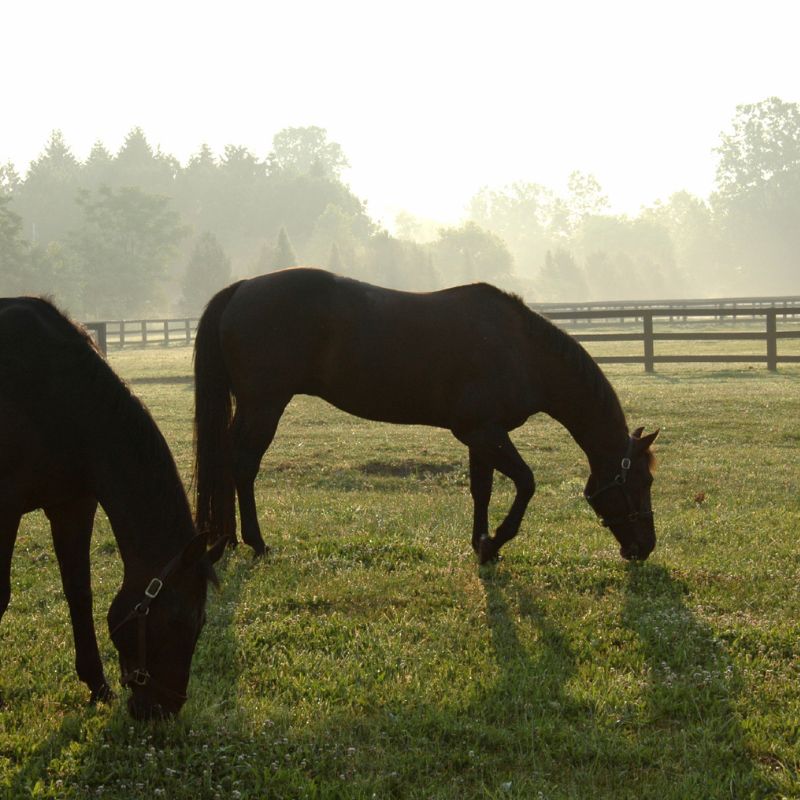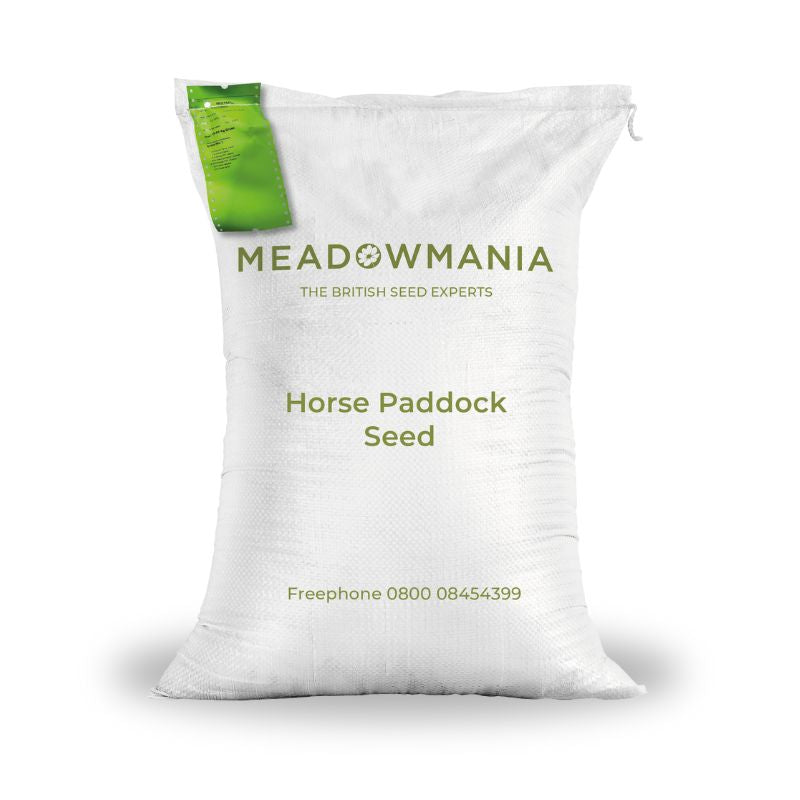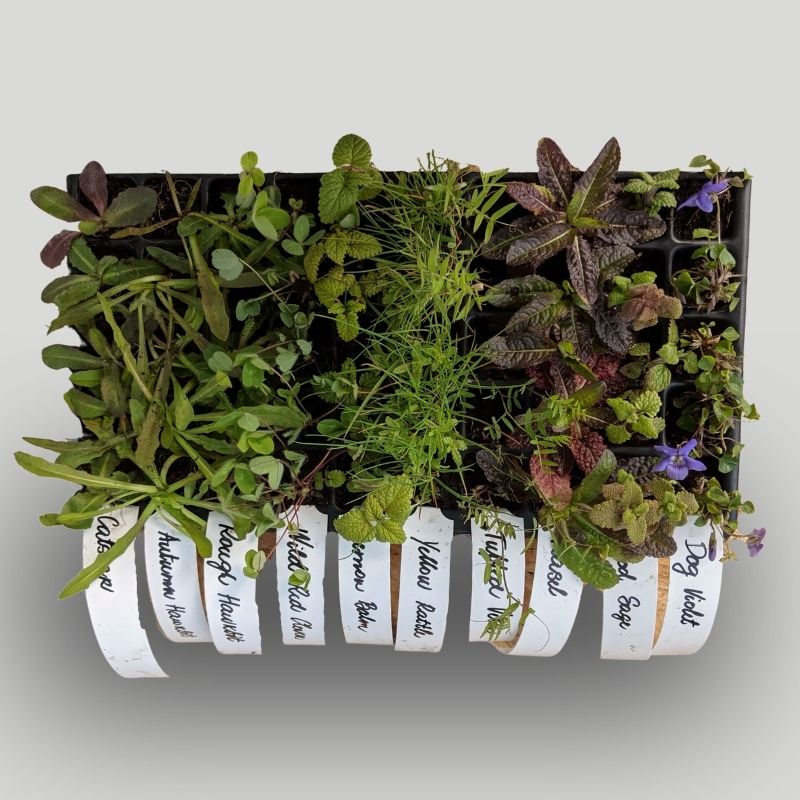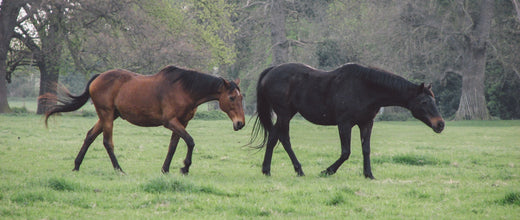
Revitalise Your Horse Paddock: Our guide to overseeding for a healthier pasture
After several winter months of heavy use, constant grazing, and unpredictable weather, your paddock may be beginning to show signs of wear. If you're noticing damage such as poaching, patchy grass, or insufficient forage production, it might be time to consider renovating by overseeding, a cost-effective and practical way to improve your equine pasture. Early to mid-spring is an ideal time to overseed, when conditions are ideal for new growth and there's less competition for emerging seedlings.
Our Natural Renovation Paddock Grass Seed Mix is the perfect grass seed mixture to revitalise your paddock. Here's our guide to walk you through the renovation process.
Why Do You Need to Renovate Your Paddock?
Before we get into the details of paddock renovation, let's first consider some indicators that your paddock may require some attention:
1. Poaching:
Is your paddock showing signs of being ‘poached’? This is a classic issue where the soil has been compacted by too much hooved traffic in wetter months, often leading to bare patches. When the ground gets too compacted, it becomes harder for grass to grow, and the horse paddock can quickly become a mud bath. Renovating the paddock will help loosen up the soil, giving new grass a better chance to establish.
2. You Want to Improve Your Horses' Health:
You know that a good sward is vital for your horses' well-being. Grass not only provides your horses with essential nutrients, but the variety of plants in the sward plays a big role in their overall health. By adding a wider range of species, you can ensure your horses get a balanced, nutritious diet from the land. If your paddock feels like it’s only growing a single type of grass, it’s time to boost the diversity. A more varied sward can help improve digestion, hoof health, and overall vitality!
3. Increasing Yield:
Are you looking to increase the yield of your paddock? Over time, horse paddocks can lose their vigour and become less productive, meaning they don’t produce enough grass for grazing. Renovation is the key to boosting forage yield, ensuring that your horses always have lush, green pastures to graze on during the warmer months.
The Solution: Revitalise by Overseeding
So, what’s the best way to give your paddock the facelift it deserves? We recommend overseeding with our Natural Renovation Paddock Grass Seed Mix! This mix is designed specifically for paddock renovation, with a blend of grass species that will thrive in both the cooler months and throughout the year. It’s the perfect solution to breathe new life into your horse paddock, whether you’re tackling poaching or just looking to improve your sward's health and productivity.
3. Water the Area:
If possible, water the paddock lightly after seeding. Make sure the soil is kept moist, but not soaking, until the seeds start to sprout. If natural rainfall is inadequate, it might be necessary to water regularly for the first few weeks after sowing.
Aftercare: Keeping Your Horses Off the New Paddock
How long should you keep your horses off the newly sown paddock? It’s vital to give the seeds time to germinate and establish, so it’s best to keep horses off the area for at least 6-8 weeks. Once the new seeds are sufficiently established (carry out the “pluck test” – if you can easily pull up the seedlings by the roots, allow more time for them to establish better root anchorage), graze lightly for a few days. Then, remove the animals and let the area recover for 2 to 3 weeks.
After this period, normal grazing can be resumed. Manage the paddock with rotational grazing and consider using temporary fencing or dividers to rest recently grazed areas to help the grass recover more quickly.
Avoid fertilizing areas that have been overseeded for at least 6 weeks after sowing. Applying fertilizer too soon will primarily benefit the existing sward, rather than the new seedlings.
Long-Term Maintenance of a Renovated Paddock
Maintain the paddock by overseeding with our Natural Renovation Paddock Grass Seed Mix every few years, especially in areas that tend to get poached frequently. Keep the pasture healthy by rotating grazing, fertilizing as needed, and managing the horse traffic to reduce the chances of the paddock becoming poached again.
Results: A Lush, High-Yielding Paddock!
Renovating your paddock may feel like a big job, but with the right preparation and tools, it can be a rewarding and relatively simple process. By sowing a renovation grass seed mix, you’ll be on your way to a healthier, more productive paddock that’s perfect for your horses. Give your paddock the love it deserves this spring. Your horses will thank you for it!
Looking to seed or reseed a paddock? Check out our complete range of Horse Paddock Grass Seed Mixes.



